An ultrathin solar cell made of only a fifth of the material previous skinny devices have used to capture sunlight has shown that it still generates electricity impressively well. The gallium arsenide (GaAs) based device made by researchers in Germany and France, led by Stéphane Collin at the Centre for Nanoscience and Nanotechnology in Paris, is 19.9% efficient. That’s in the range of today’s commercial silicon-based cells achieve, although this is just a small 4mm2 research device.
‘If you compare to products that also have such efficiency, you would see that previous work needed 40µm of silicon or at least 1µm-thick GaAs,’ Collin tells Chemistry World. ‘We have only 205nm-thick GaAs.’ Thinner cells use less semiconductor material, and it’s quicker to make such crystalline non-silicon cells using high-temperature deposition techniques, comments Collin’s co-author Andrea Cattoni. ‘50% of the thickness is a 50% reduction in deposition time,’ he says.
However, a thinner cell is normally less able to absorb light passing through it than a fatter one – a previous 2nm-thick cell had much lower efficiency, for example. Putting mirrors behind a cell gives a second chance of absorbing light as it travels back through, a common approach among commercial silicon solar cells today.
Collin, Cattoni and their colleagues took this strategy further, trapping light by making it resonate in the GaAs cell. To do this they made a novel silver back mirror with titanium dioxide non-reflective patterns spaced 700nm apart, producing a grating that diffracts light upwards in different directions. The diffraction traps light in the cell both through total internal reflection and interference between out-of-phase reflected light waves in a process called Fabry-Pérot resonance.
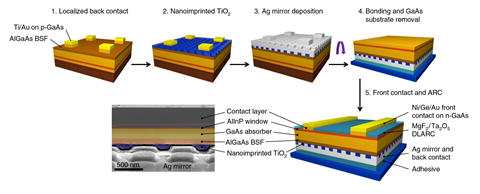
Cattoni notes that the pattern was easily made using nanoimprint lithography. ‘It’s very attractive because it’s very simple and fast,’ he says. ‘This is something we really need whenever we want to introduce a new technology into solar cells, because the profit margins are very small.’ The team has already exploited the approach with other solar cell materials, specifically copper–indium–gallium selenide (CIGS). As part of the European ARCIGS-M project, they are looking to reduce material usage in CIGS cells by around 80%.
The University of Cambridge’s Louise Hirst notes that this cell produces a higher current than an equivalent device with a simple flat rear surface. That’s important because higher current equates to higher power output. ‘However, there is still room for improvement with this concept,’ she adds.
‘This device is unlikely to compete directly with silicon technology in the domestic power generation market where cost is all important,’ Hirst continues. ‘However, it has clear advantages over silicon for emerging high performance applications, such as remote power – the roof of an electric vehicle or wing of an aircraft for example – where efficiency and mass are critical.’
References
H-L Chen et al, Nat. Energy, 2019, DOI: 10.1038/s41560-019-0434-y





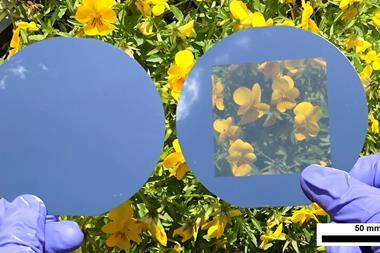
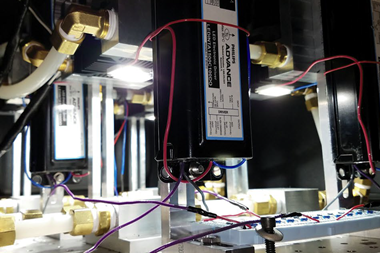
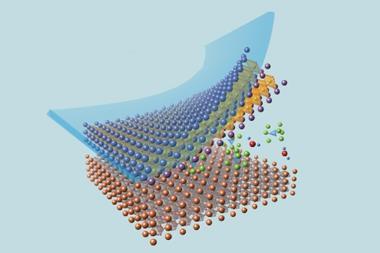
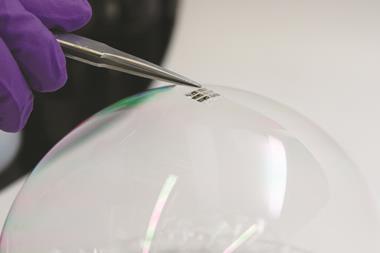
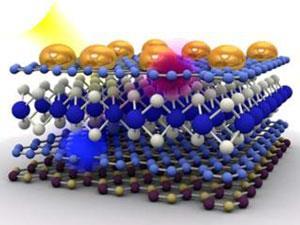







No comments yet